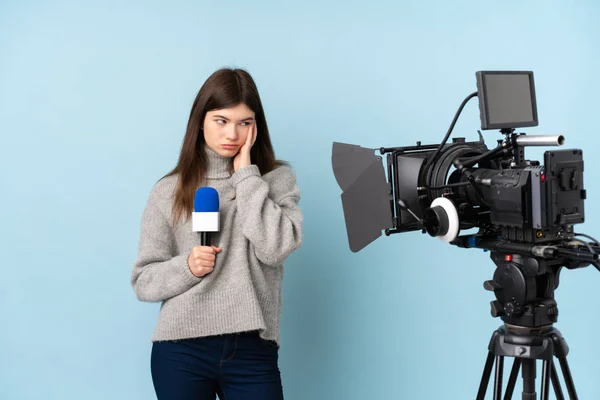
When Pulitzer Prize-winning reporter Trymaine Lee suffered a fatal heart attack at 38, it was not only a health crisis it was the breaking point of years of exposure to the pain, trauma, and injustice of America’s gun violence epidemic. For over a decade, Lee had been reporting on the front lines in cities such as Trenton, Philadelphia, and New Orleans on the lives of young Black men whose lives were shortened by bullets. Most of them resembled him, had the same sneakers, the same haircuts.

“You have to grapple with seeing yourself in some ways, over and over again, gunned down, your body falling over and over again,” he explained. That constant bombardment with death and institutional indifference marked his heart, but also his very concept of self.
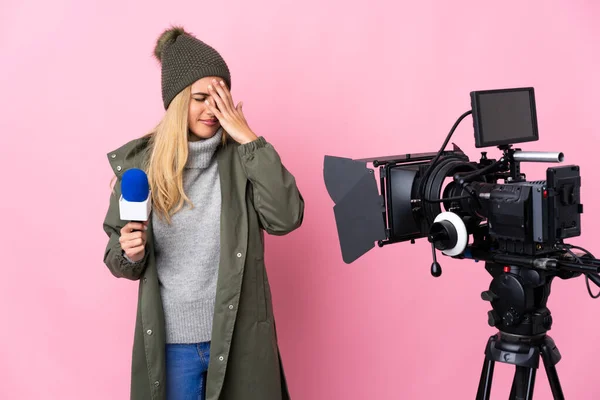
1. The Physical and Emotional Toll on Journalists.
Studies indicate that based on their beat, 4% to 59% of reporters suffer from symptoms of PTSD. Reporting violence can interfere with sleep, break down empathy, and lead journalists to unhealthy coping strategies. Lee’s sleepless nights were an early warning sign that he dismissed as “just stress.” For so many of us, the emotional burden is intensified by the intimacy of the work sitting in living rooms with mourning mothers, asking prying questions at the worst possible moment in someone’s life, and carrying those faces and voices long after the story airs.
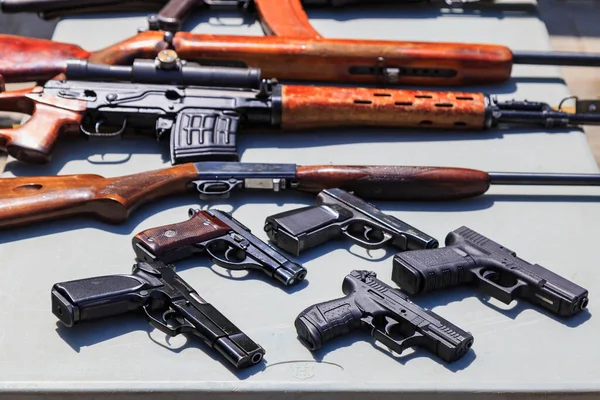
2. The Systemic Pipeline of Guns Into Communities
One of Lee’s most compelling messages is that the violence he reported did not happen in a vacuum. All the guns that he tracked originated as legal products, made in states such as Massachusetts, sold in states with lenient laws, and funneled into cities such as Chicago, Detroit, and Philadelphia. The evidence supports him states with the highest concentration of gun dealers have 10 times the rate of guns trafficked to other states to be used in crimes. This isn’t all about “bad neighborhoods” it’s about a national system that inundates already traumatized communities with firearms.
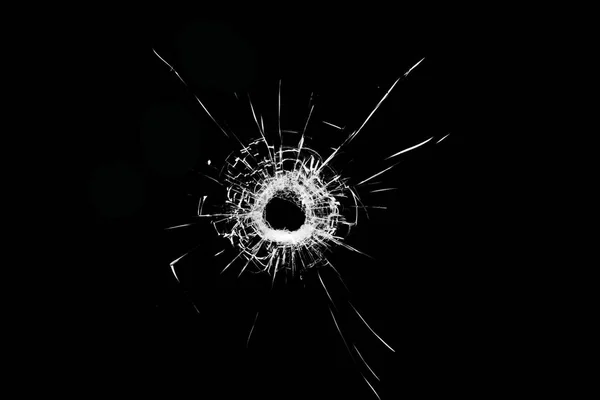
3. The Historical Weight of Gun Violence in Black America
Gun violence is now the number one cause of death for Black children and has been since 2006. One Black man aged 18 to 24 in Philadelphia was killed or wounded in a shooting in 2022, every 67. These numbers reflect decades of segregation, disinvestment, and discriminatory policies. As Lee points out, the story that Black communities are “inherently violent” turns a blind eye to the truth “Until we break our lust for these guns, nothing will change.”

4. The Ethics of Sharing These Stories
Traditional notions of “objectivity” often ask reporters to keep their subjects at arm’s length. Lee rejects that. “The kind of objectivity that we’re so often taught. is a blindness,” he says. Instead, he aims for fairness getting the facts right while centering the humanity of victims and survivors. Trauma-informed journalism experts agree give survivors control over their story, avoid retraumatizing questions, and be transparent about how their words will be used.
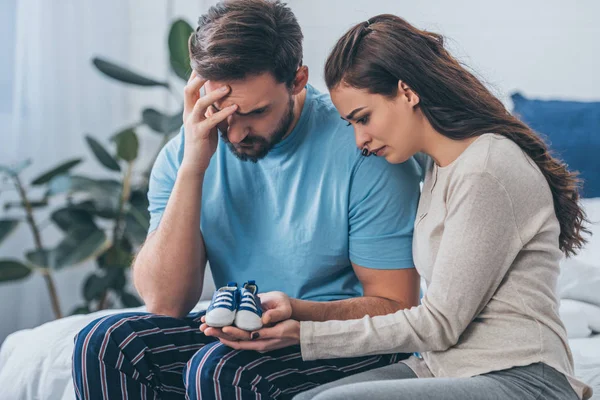
5. The Emotional Labor of Witnessing
Lee calls the “ocean of emotion” in the eyes of a mother who has lost a child to gun violence a sight he’s never been able to wipe from his memory. That intimacy creates trust, but also intensifies the personal cost. Other reporters have voiced similar, with some having to take weeks or months off or undergo therapy for being too close too long to these stories. The Dart Center for Journalism & Trauma recommends establishing sound peer support systems, establishing boundaries, and knowing when to pull back.

6. Why Self-Care Is Not Optional
Self-care for journalists isn’t just bubble baths and meditation it’s a professional necessity. Tips from trauma experts include limiting repeated exposure to graphic content, taking regular screen breaks, and engaging in activities that have nothing to do with work. Even simple acts, like organizing files to avoid unnecessary replays of disturbing footage, can protect mental health. Lee’s own turning point came when he finally acknowledged the weight he was carrying.
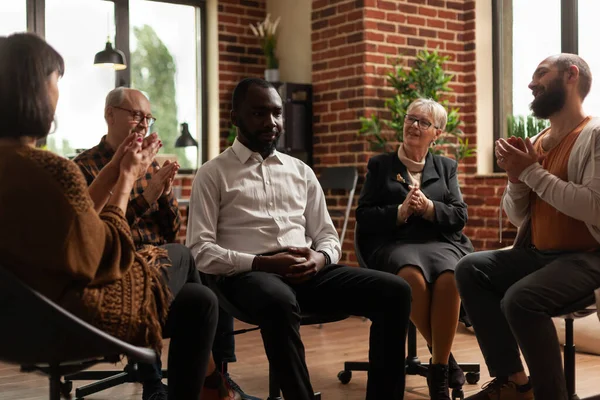
7. Reframing the Narrative
A key way to protect both reporters and neighborhoods is to change the way stories are framed. That involves resisting sensationalism, placing violence in the context of systemic cause, and elevating solutions such as community violence intervention programs, which have been found to reduce shootings by as much as 50% in targeted neighborhoods. It also involves disrupting newsroom cultures that brush off some deaths as “garden-variety killings,” robbing them of their human value.

Lee’s memoir, A Thousand Ways to Die, is one of personal accounting and of advocacy. It challenges readers and fellow reporters to bear a share of the sorrow, to regard the humanity in each of the victims, and to know that the crisis need not be inevitable. For those who are reporting these stories, it is a reminder the work is important, but so is your health.


